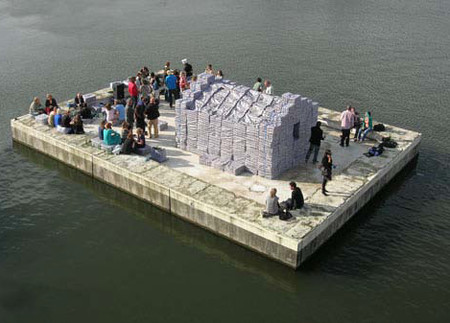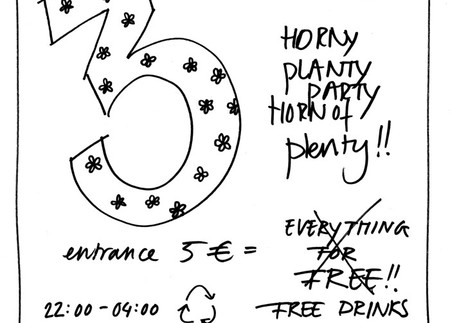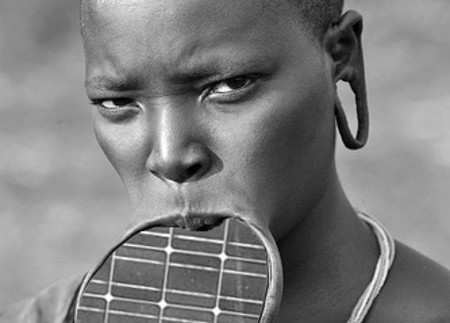DUS is a fellowship founded by three partners:
MSc Arch. Martine de Wit
MSc Arch. Hans Vermeulen
MSc Arch. Hedwig Heinsman
DUS thinks of architecture as a craftsmanship, and we see great importance in having a direct contact with the people for whom we build. By starting each project with a small ‘gift’ - temporary follies that could range from an outdoor terrace, to special cookies in the shape of a building, to an elongated front door - we establish a dialogue between ourselves and the community, resulting in valuable input for the design process. In present-day largely bureaucratic building practices, DUS brings developer, (future) inhabitants and municipality around one table. By hosting joint excursions to reference projects, special events, workshops and design sessions, mutual understanding is created and people are more willing and devoted to the project. In this manner, DUS currently leads big urban projects, such as the design of a neighbourhood of 80 dwellings in Apeldoorn, and the design of 150 dwell units in a commune-district in Nieuwegein. In 2006 our approach, dubbed ‘DUS-method’, was awarded the RMNO-price by the Dutch advisory council for research on spatial planning, nature and the environment.
In our built work so far, this hands-on approach is shown by an innovative use of common materials, like a skin of woven inner bicycle tubes, or a porch made out of recycled front doors. Our work aims to confuse and trigger a response, continuously testing and distorting the borders between the private and public. For a child day-care centre, we placed the managers in an office-playhouse and turned stairs into slides. The lounge space ‘Cocoon’, that both protects and simultaneously exposes the human contours, shows the spirit of the work of DUS: Human use makes our architecture come alive.











